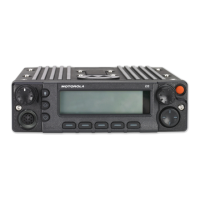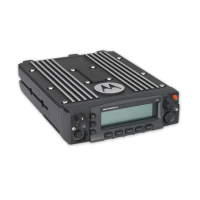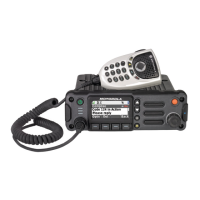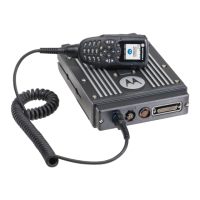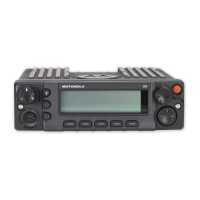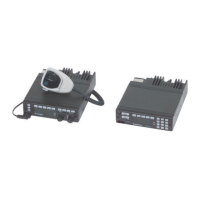Glossary Glossary
This glossary contains an alphabetical listing of terms and their definitions that are applicable to the
ASTRO radio.
Term Definition
A/D See analog-to-digital conversion.
Abacus IC A custom integrated circuit providing a digital receiver intermediate
frequency (IF) backend.
ADC See analog-to-digital converter.
ALC See automatic level control.
analog Refers to a continuously variable signal or a circuit or device designed
to handle such signals. See also digital.
analog-to-digital
conversion
Conversion of an instantaneous DC voltage level to a corresponding
digital value. See also D/A.
analog-to-digital
converter
A device that converts analog signals into digital data. See also DAC.
APCO 25 A standard of digital two-way radio communications, developed by the
Association of Public-Safety Communications Officials, providing
maximum radio spectrum efficiency; competition in system life cycle
procurements; effective, efficient and reliable intra-agency and inter-
agency communications; and “user friendly” equipment. See also
Association of Public-Safety Communications Officials.
Association of
Public-Safety
Communications
Officials
An association dedicated to an industry-wide effort (known as APCO 25
or Project 25) to set the recommended voluntary standards of uniform
digital two-way radio technology for public safety organizations. This
allows radio interoperability with multiple vendor products which are all
APCO 25 compatible. See also APCO 25.
automatic level
control
A circuit in the transmit RF path that controls RF power amplifier output,
provides leveling over frequency and voltage, and protects against high
VSWR.
band Frequencies allowed for a specific purpose.
BBP See baseband interface port.
baseband interface
port
Synchronous serial interface to the transceiver board used to transfer
transmit and receive audio data.
BGA See ball grid array.
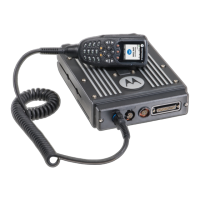
